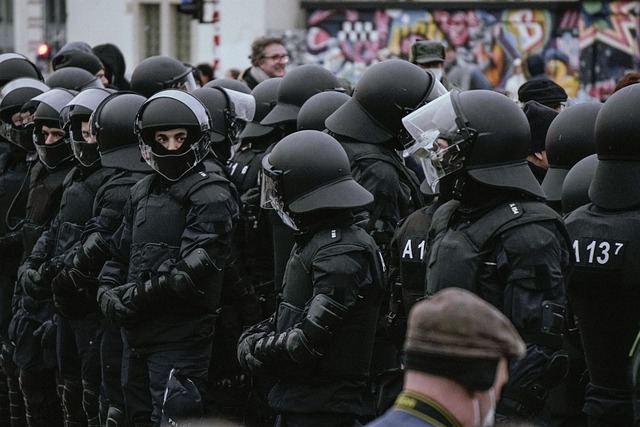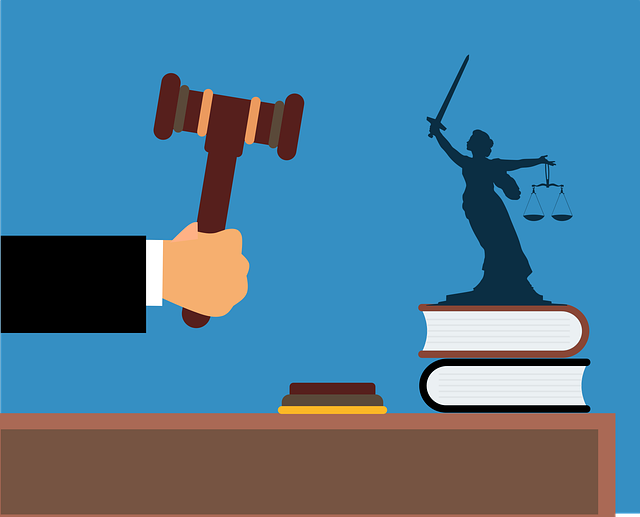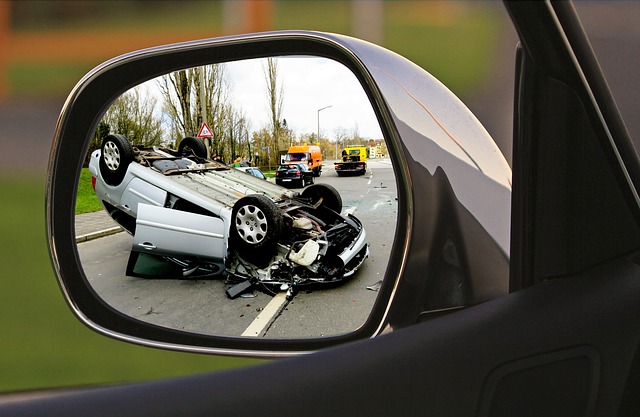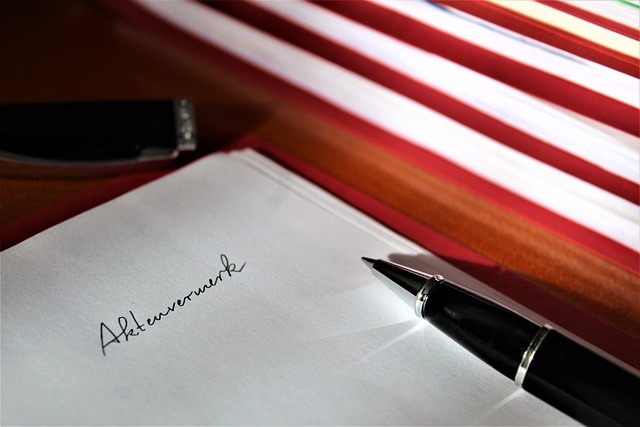Whistleblower protection lawsuits are vital for exposing illegal activities, but they face unique challenges due to the Differences Between Civil and Criminal Burden of Proof. In civil cases, a preponderance of evidence is needed, while criminal proceedings require proving guilt beyond a reasonable doubt, affecting success rates and strategies. Whistleblowers must balance understanding legal complexities with case-specific factors, focusing on their reasonable belief of illegal activity to mitigate risks for both sides.
“Whistleblower Protection Lawsuits: Uncovering the Path to Justice
This comprehensive guide delves into the intricate world of whistleblower protection lawsuits, offering a detailed understanding of their significance. We explore the distinct burdens of proof in both civil and criminal cases, revealing key differences that shape outcomes. From strategic navigation for whistleblowers seeking exposure to defensive tactics for defendants, this article provides valuable insights. Discover how these legal battles play out, empowering you with knowledge in an era where transparency is a powerful weapon.”
- Understanding Whistleblower Protection Lawsuits: A Comprehensive Overview
- The Distinctive Burdens of Proof in Civil and Criminal Cases
- Navigating the Complexities: Strategies for Both Whistleblowers and Defendants
Understanding Whistleblower Protection Lawsuits: A Comprehensive Overview

Whistleblower Protection Lawsuits are designed to safeguard individuals who expose illegal or unethical activities within their respective businesses or political communities. These lawsuits operate under the premise that individuals should be encouraged to come forward with information, free from fear of retaliation, thereby fostering transparency and accountability. Understanding the nuances of these legal actions is crucial in navigating the complexities of whistleblowing.
A key distinction lies in the differences between civil and criminal burdens of proof. In civil lawsuits, the onus is on the plaintiff to prove their case by a preponderance of evidence. This means that while it’s essential to demonstrate that wrongful conduct occurred, the standard of proof is less stringent compared to criminal cases. Conversely, criminal proceedings require prosecutors to establish guilt beyond a reasonable doubt, setting a higher bar for conviction. These variations have significant implications for whistleblowers, as they dictate the strategy and evidence required to succeed in their claims across the country.
The Distinctive Burdens of Proof in Civil and Criminal Cases

Whistleblower protection lawsuits present unique challenges due to the distinct burdens of proof required in civil and criminal cases. In criminal proceedings, the prosecution bears the burden of proving every element of a crime beyond a reasonable doubt—a higher standard than the preponderance of evidence used in civil litigation. This means that if there’s any doubt about the facts, the accused (be it a corporation or an individual) is acquitted. Such a high bar makes criminal cases more difficult to win but can also serve as a powerful deterrent for those considering whistleblowing, as avoiding indictment and potential jail time could be on the line.
In contrast, civil lawsuits focus on balancing the scales of justice between two private parties. Here, the burden shifts to the whistleblower (or plaintiff) to demonstrate that their claims are more likely than not true. This lower standard allows for a broader range of evidence but also requires whistleblowers to prove their cases with less certainty than in criminal court. An unprecedented track record in successfully navigating these differences can be crucial in securing justice and compensation for those who risk speaking out against corporate misconduct.
Navigating the Complexities: Strategies for Both Whistleblowers and Defendants

Navigating the complexities of whistleblower protection lawsuits requires a nuanced understanding of both the legal framework and the unique dynamics at play. Whistleblowers face a challenging journey, especially when distinguishing between civil and criminal proceedings, each with distinct burdens of proof. In civil cases, the standard is typically lower, focusing on a reasonable belief that an activity is illegal, while criminal charges demand a higher bar, requiring definitive evidence of wrongdoing. This distinction significantly influences the strategy for both sides.
Defendants, particularly in white-collar defense cases, must carefully consider their approach when facing allegations from whistleblowers across the country. Engaging with philanthropic and political communities can be a strategic move, as these entities often play a role in shaping public perception. Effective communication, transparency, and proactive engagement can help mitigate damages, especially when addressing concerns early on. However, defendants must also remain vigilant, ensuring their actions align with legal requirements to avoid potential lawsuits, which have far-reaching implications for businesses and individuals alike.
Whistleblower Protection Lawsuits are critical in ensuring accountability and upholding justice. Understanding the nuances, particularly the differences between civil and criminal burdens of proof, is paramount for both whistleblowers seeking to expose wrongdoing and defendants facing such allegations. By employing strategic approaches outlined in this article, individuals can navigate these complexities effectively, fostering a culture of transparency and deterring future misconduct.






